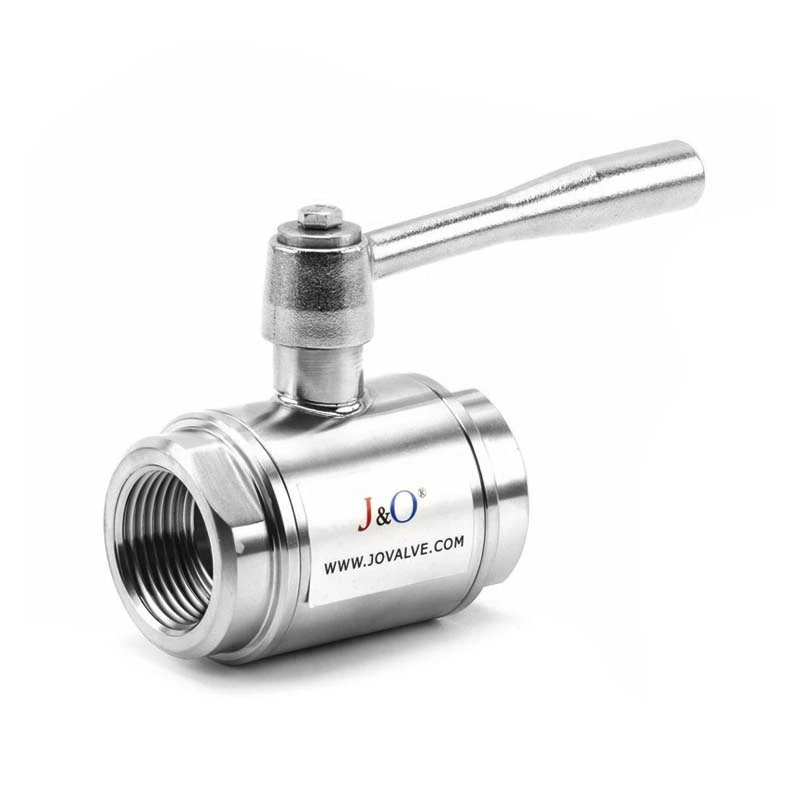Installation Of Sanitary Valve Gasket
The installation method of Sanitary Valve gasket is as follows:
Before installing the valve gasket, apply a layer of graphite powder or molybdenum disulfide powder on the sealing surface, gasket, thread and the rotating parts of the bolts and nuts. The gasket and graphite should be kept clean and not contaminated (the gasket is bagged and dust-free; the graphite powder is packed in a cover), and can be used at any time and should not be thrown anywhere.
The valve gasket should be installed correctly and moderately on the sealing surface, not skewed, not extended into the valve cavity or placed on the shoulder. The inner diameter of the valve gasket should be slightly larger than the inner hole of the sealing surface, and the outer diameter of the valve gasket should be slightly smaller than the outer diameter of the sealing surface, so as to ensure uniform pressure.
When the sealing surface uses a liquid sealing valve gasket (also known as a gasketless seal), the adhesive should be adapted to the working conditions, and the bonding operation should comply with the corresponding bonding procedures. The valve sealing surface should be carefully cleaned or surface treated. The plane sealing surface should be ground and have a sufficient fit. The coating should be even and the air should be excluded as much as possible. The adhesive layer is generally 0.1~0.2mm thick. The threaded seal is the same as the plane seal. Both contacting surfaces should be coated. When screwing in, a vertical posture should be taken to facilitate air discharge. The adhesive should not be too much to avoid overflow and contamination of other valve parts.
When the thread seal uses polytetrafluoroethylene film raw tape, first stretch the raw tape to make it thinner at the beginning and stick it on the thread surface. Then remove the excess raw tape at the beginning to make the film attached to the thread form a wedge shape. Depending on the thread gap, generally wrap one to two turns. The winding direction should be consistent with the thread rotation direction. When the terminal overlaps the beginning, gradually break the raw tape to make it wedge-shaped. This can ensure that the thickness of the winding is uniform.
Only one gasket is allowed to be installed on the valve sealing surface. It is not allowed to install two or more gaskets between the sealing surfaces to make up for the insufficient gap between the sealing surfaces.
The installation of trapezoidal (elliptical) gaskets should make the inner and outer circles of the gaskets contact each other, and the two end faces of the valve gaskets should not contact the bottom surface of the sealing groove.
In addition to the ring and groove meeting the design requirements, the compression amount of the O-ring installation should be appropriate. The appropriate flattening degree of the metal hollow O-ring is 10%~40%, and the compression deformation rate of the rubber O-ring is 13%~20% for static sealing on the cylindrical surface and 15%~25% for static sealing on the flat surface. For high internal pressure and vacuum sealing, the compression deformation should be larger. Under the premise of ensuring sealing, the smaller the compression deformation rate, the better, which can extend the life of the O-ring. For the installation method of the O-ring, see the section on the installation and removal of the packing.
